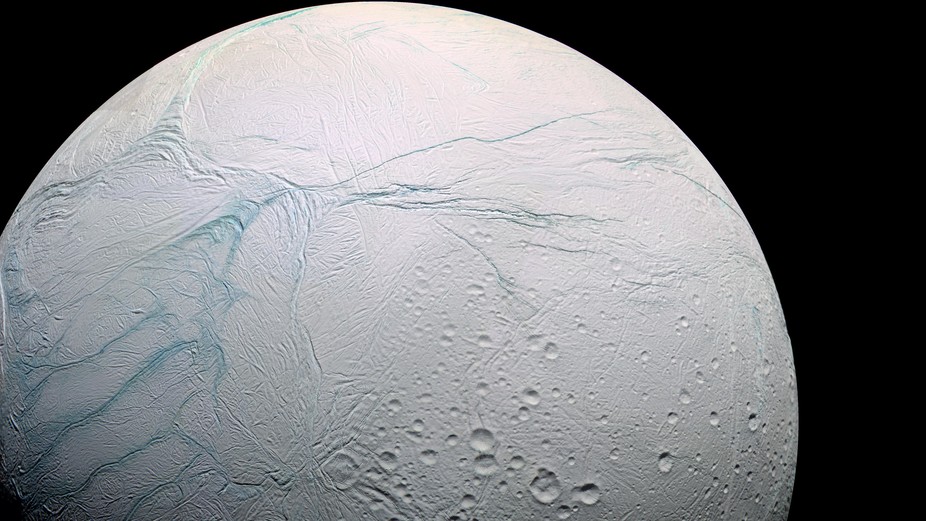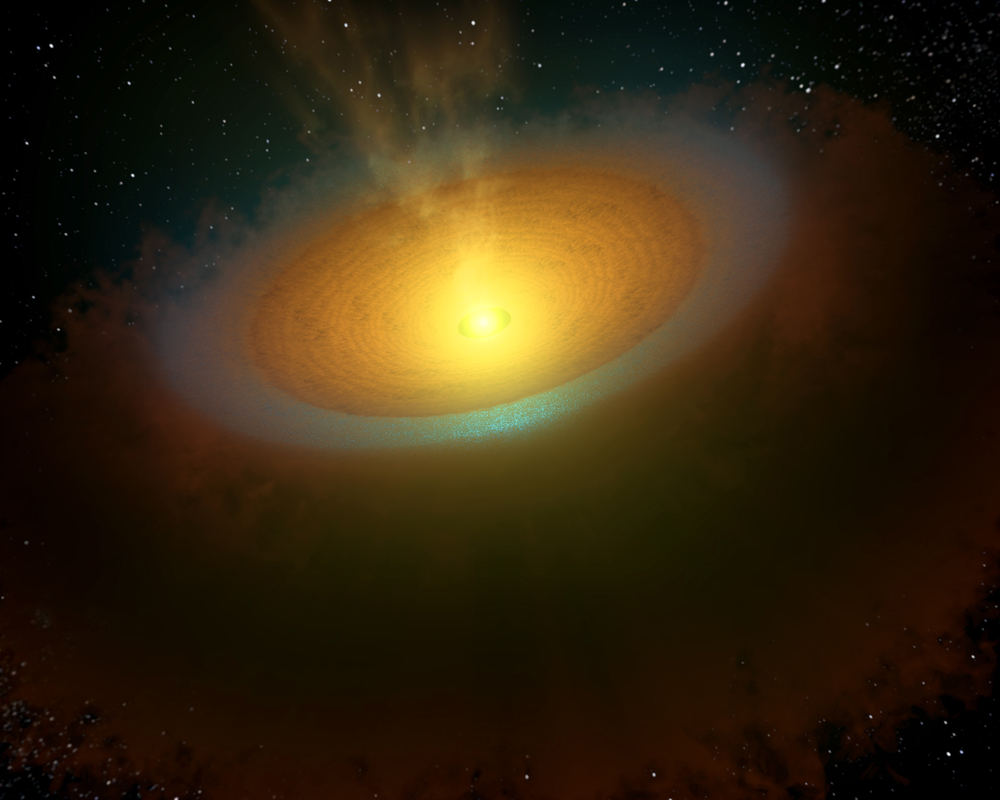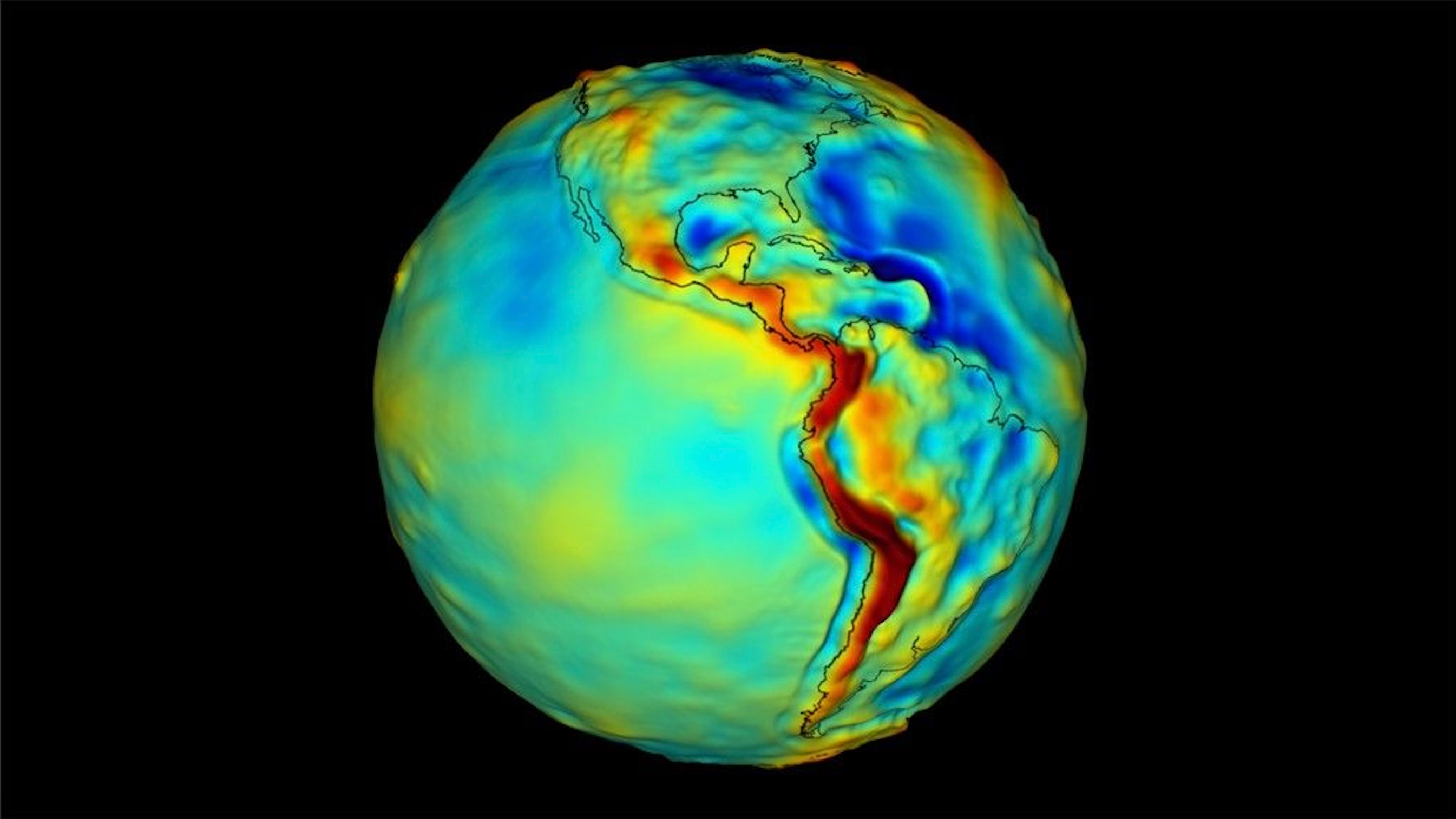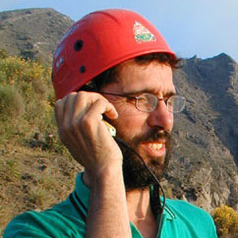
David Rothery
David Rothery is a professor of planetary geosciences at the Open University in Milton Keyes, England, where he studies volcanic activity with remote sensing, as well as volcanology and geoscience on other planets. He earned a Ph.D. on the applications of remote sensing from Open University in 1982 and has been a professor of planetary geosciences since 2013. Prior to that he had served as a senior lecturer since 1994. David is the U.K. lead co-investigator on the Mercury Imaging X-ray Spectrometer aboard the European Space Agency's BepiColombo mission to Mercury and chairs ESA's Mercury Surface and Composition Working Group. He is the author of several books on space geosciences, including his landmark Planet Mercury: From Pale Pink Dot to Dynamic World (Springer-Praxis, 2014). You can see David's latest updates by following him on Twitter.
Latest articles by David Rothery
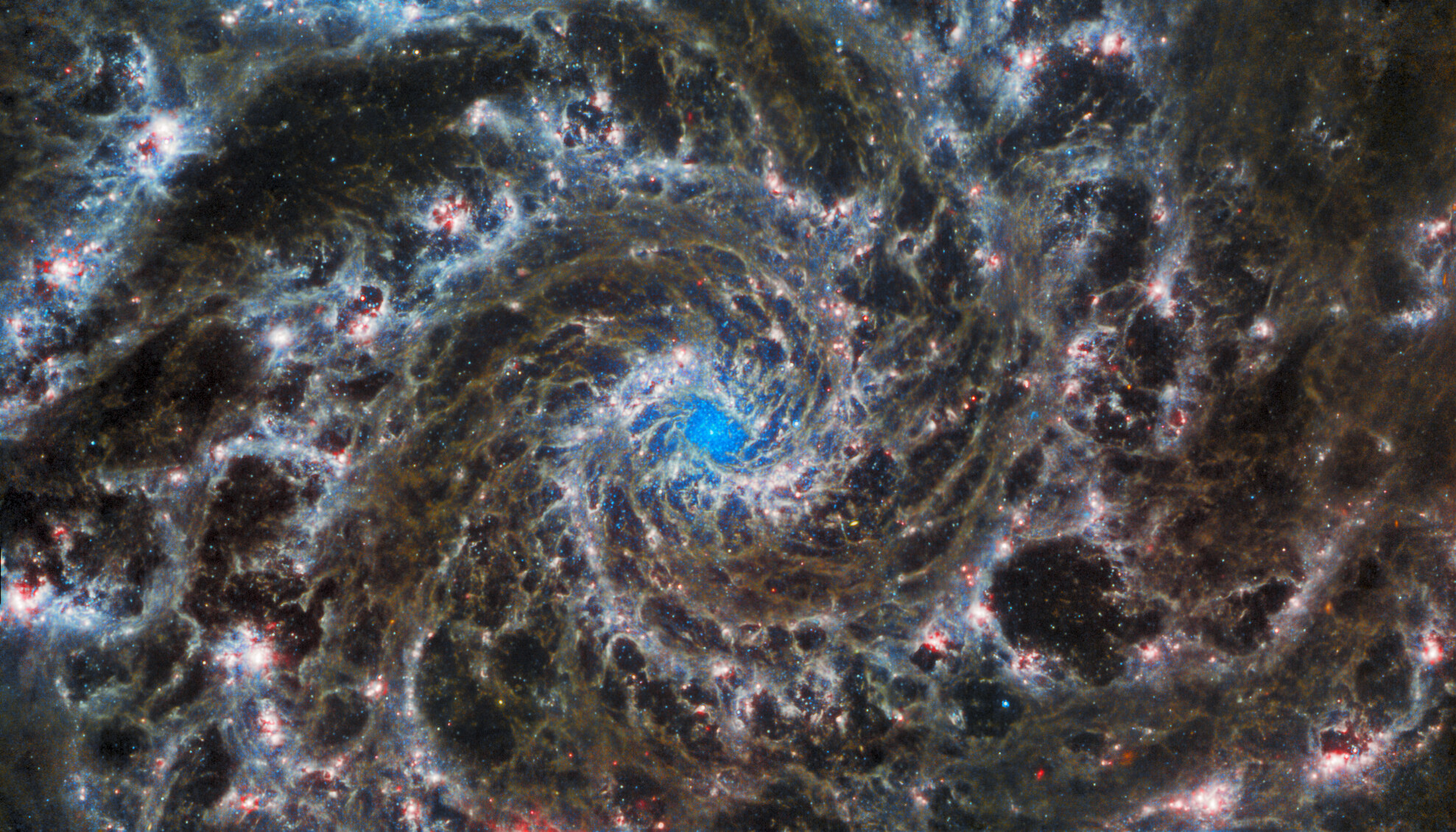
The Drake equation for alien intelligence is more important than ever
By David Rothery published
In 1961, the US astrophysicist Frank Drake, who passed away on Sept. 2 at the age of 92, came up with an equation to estimate the number of intelligent civilizations in the Milky Way right now.
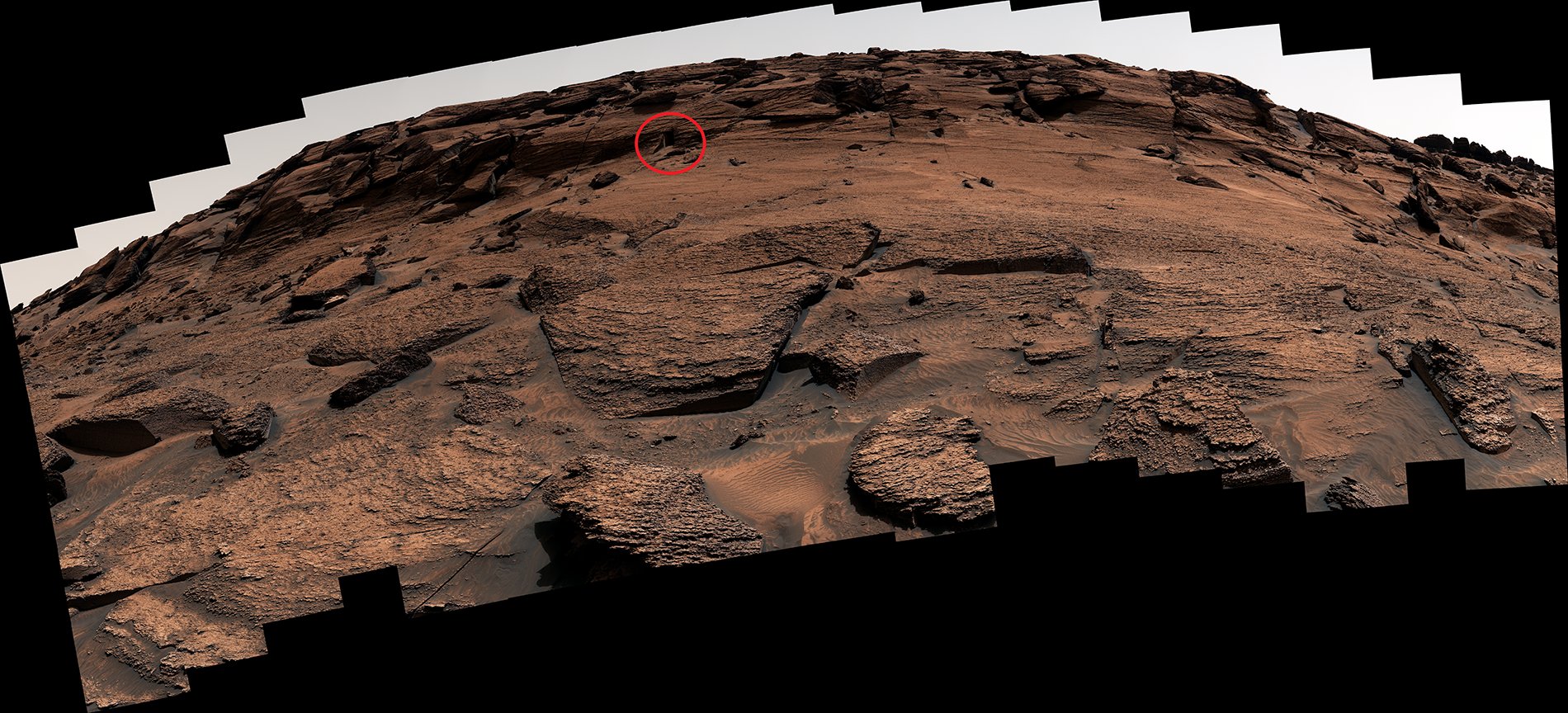
A 'doorway' on Mars? How we see things in space that aren't there.
By David Rothery published
A geologist explains what the "doorway" on Mars really is and why it's so tempting to see recognizable shapes on other worlds.

Moon-crashing SpaceX rocket will create new crater – here's what we should worry about
By David Rothery published
It’s not often that the sudden appearance of a new impact crater on the Moon can be predicted, but it’s going to happen on March 4, when a derelict SpaceX Falcon 9 rocket will crash into it.

Asteroid sharing Earth's orbit discovered — could it help future space missions?
By David Rothery published
Could we mine Earth's newly discovered companion?
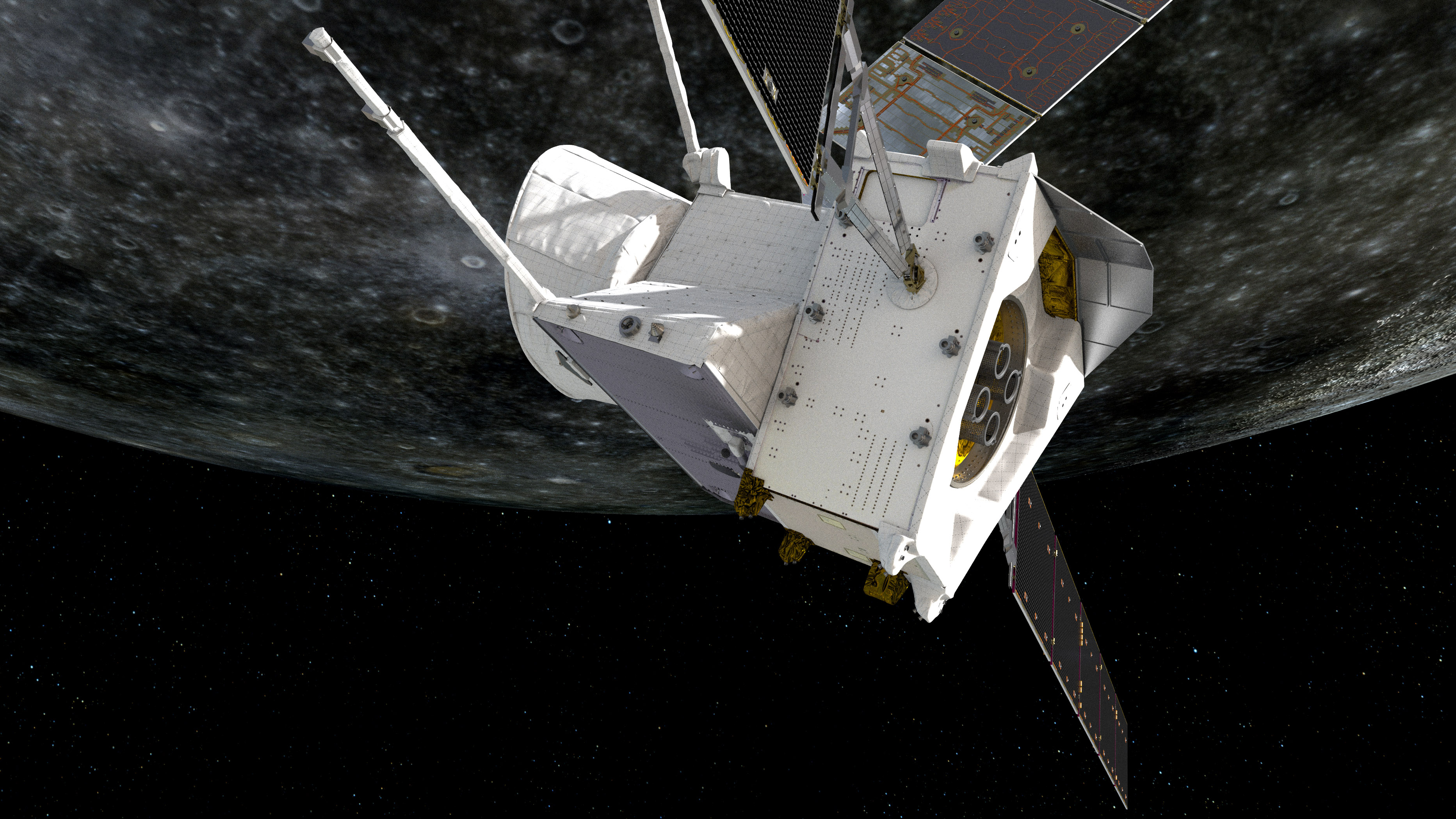
First close-up pictures of Mercury from BepiColombo hint at answers to the planet's secrets
By David Rothery published
The BepiColombo spacecraft – a joint project by the European and Japanese space agencies – swung by its destination planet Mercury in the early hours of Oct. 2.

The five most impressive geological structures in the solar system
By David Rothery published
When we talk about amazing geological features, we often limit ourselves to those on Earth.

Mars: Mounting evidence for subglacial lakes, but could they really host life?
By David Rothery published
The best place for life on Mars might be more than a kilometre below its surface!
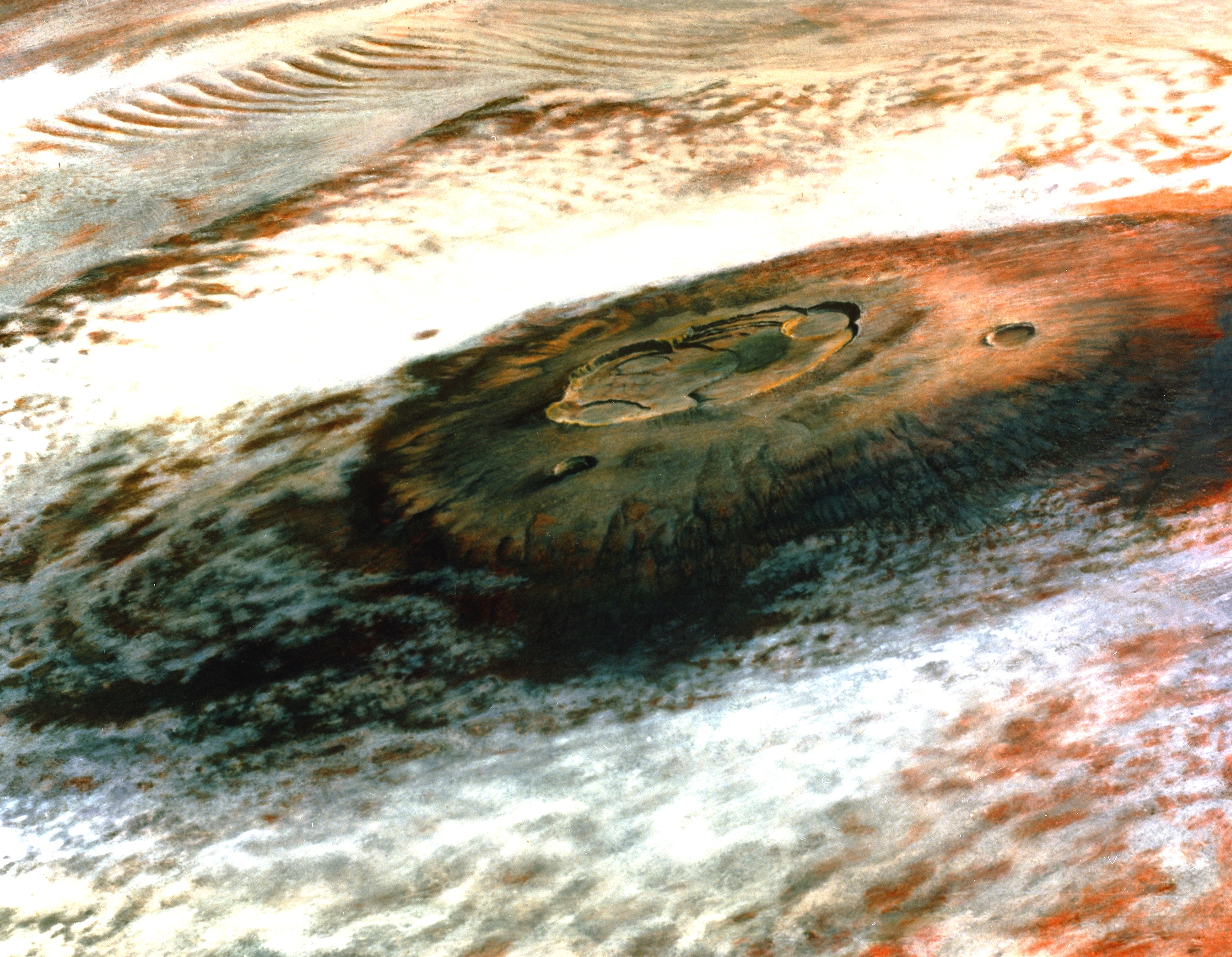
From Volcanoes on Mars to Scarps on Mercury — How Places on Other Worlds Get Their Names
By David Rothery published
The IAU's achievements during its first few decades include resolving contradictory sets of names given to features on the Moon and Mars by rival astronomers during the previous few centuries.
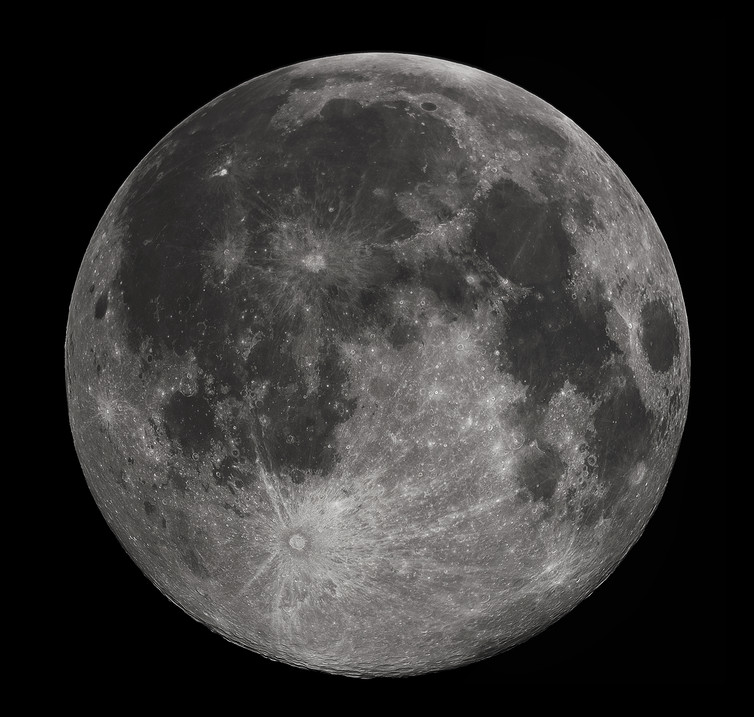
How a New Orbital Moon Station Could Take Us to Mars and Beyond
By David Rothery published
The dream of a human habitat in orbit about the moon came a step closer on September 27, when NASA and the Russian space agency (Roscosmos) signed up to a common vision for future human exploration.
Get the Space.com Newsletter
Breaking space news, the latest updates on rocket launches, skywatching events and more!
